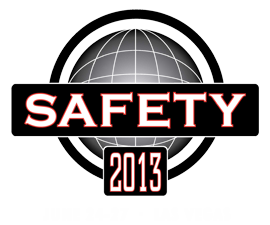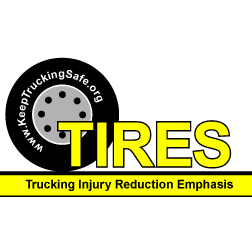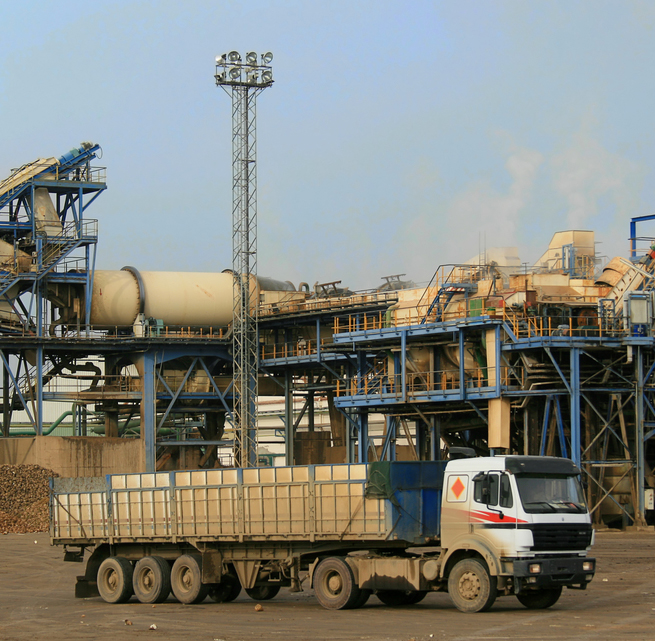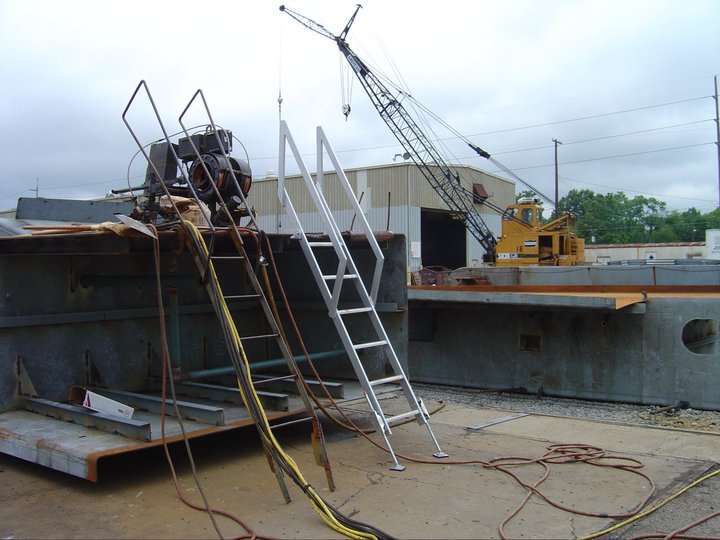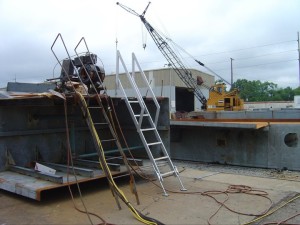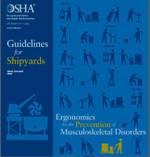It’s hard to imagine a better scenario. An industry-leading safety conference.. Featuring the latest and greatest technology.. Covering emerging topics, in a wide range of industries.. All tied together with trendsetting speakers, CEOs, and exhibits.
And, it’s happening in Vegas, baby!
Safety 2013 is being held at the Las Vegas Convention Center, Monday through Thursday June 24-27. With over 500 exhibitors scheduled, we recommend planning your time by browsing the impressive trove of resources available at safety2013.org. And don’t worry, Safety 2013 has you covered on your mobile device. The Safety 2013 App is available at the Apple Store, Google Play, and as a web app.
Safety Conference 2013: What We’re Looking Forward To
- Networking: Register to arrive early Monday June 24th for the ASSE Foundation Golf Outing, then wrap up at the 3 PM Welcoming Session.
- Education: Tuesday June 25th: ‘Creative Strategies for Turning Challenge into Opportunity and Change into Competitive Advantage‘ by Peter Sheehan
- Industry: Innovative Access Solutions will be exhibiting June 24-26th at Booth 1065
- Best Practices: The Executive Summit Panel, held Thursday, June 27th from 7:45 to 9 AM is a direct channel into the philosophy and experiences of industry leadership.
- Vegas!: Did we mention some events will be held at the Las Vegas Hotel and Casino?
It’s Vegas, Stay for the Fall Protection Symposium!
A trip to Vegas and home before the end of the week? Not this year. Stick around for the ISFP Symposium, held June 27-28 immediately following Safety2013. The ISFP (International Society for Fall Protection) covers a topic of particular interest for industries we focus on — Construction, Manufacturing, Truck Transportation, Energy and Mining — to help us collectively prevent injuries from Slips, Trips and Falls. Rack up a few extra CEUs by taking part in panel discussions, technical sessions, and networking, while staying up to date on key topics, research, and impact issues.
